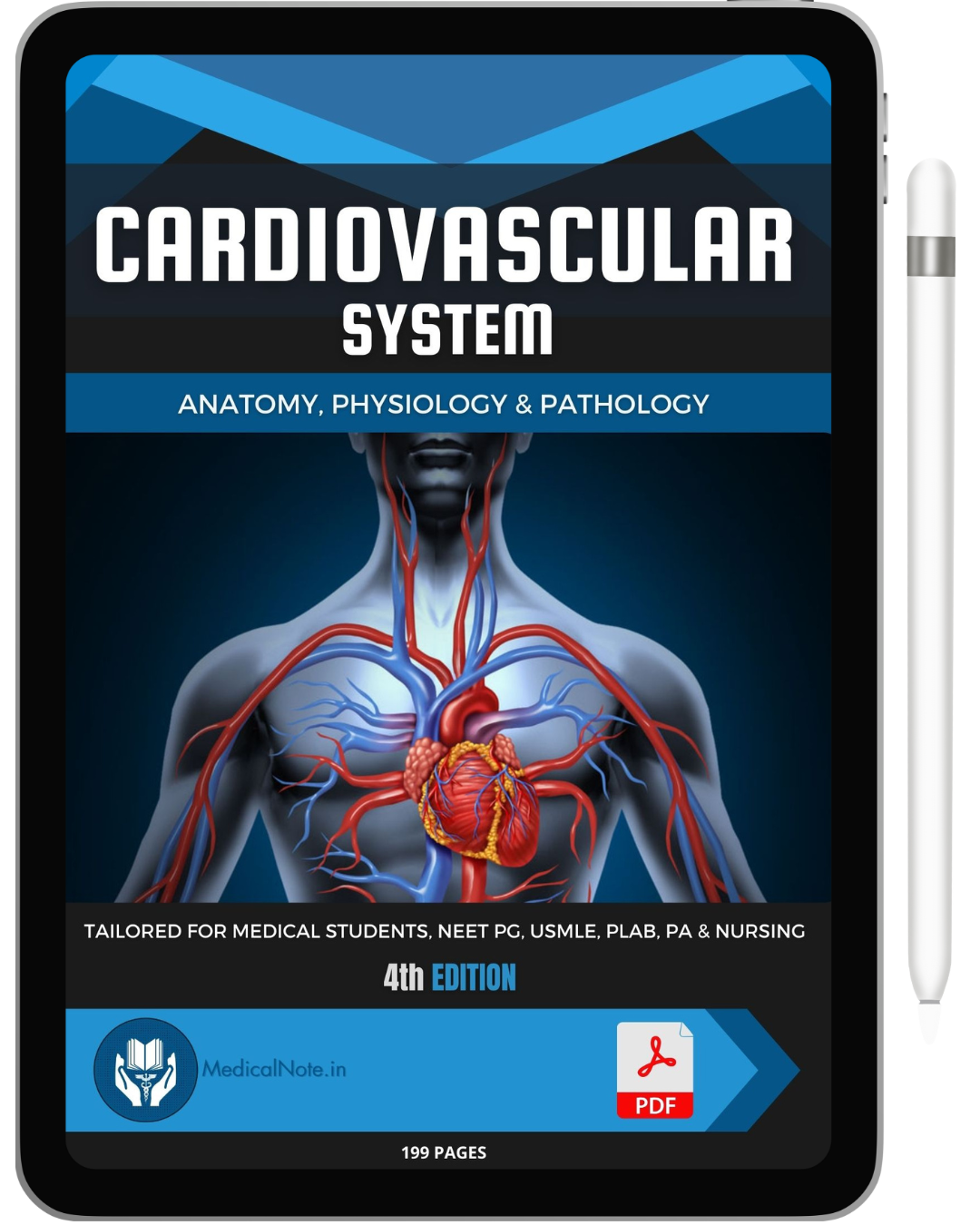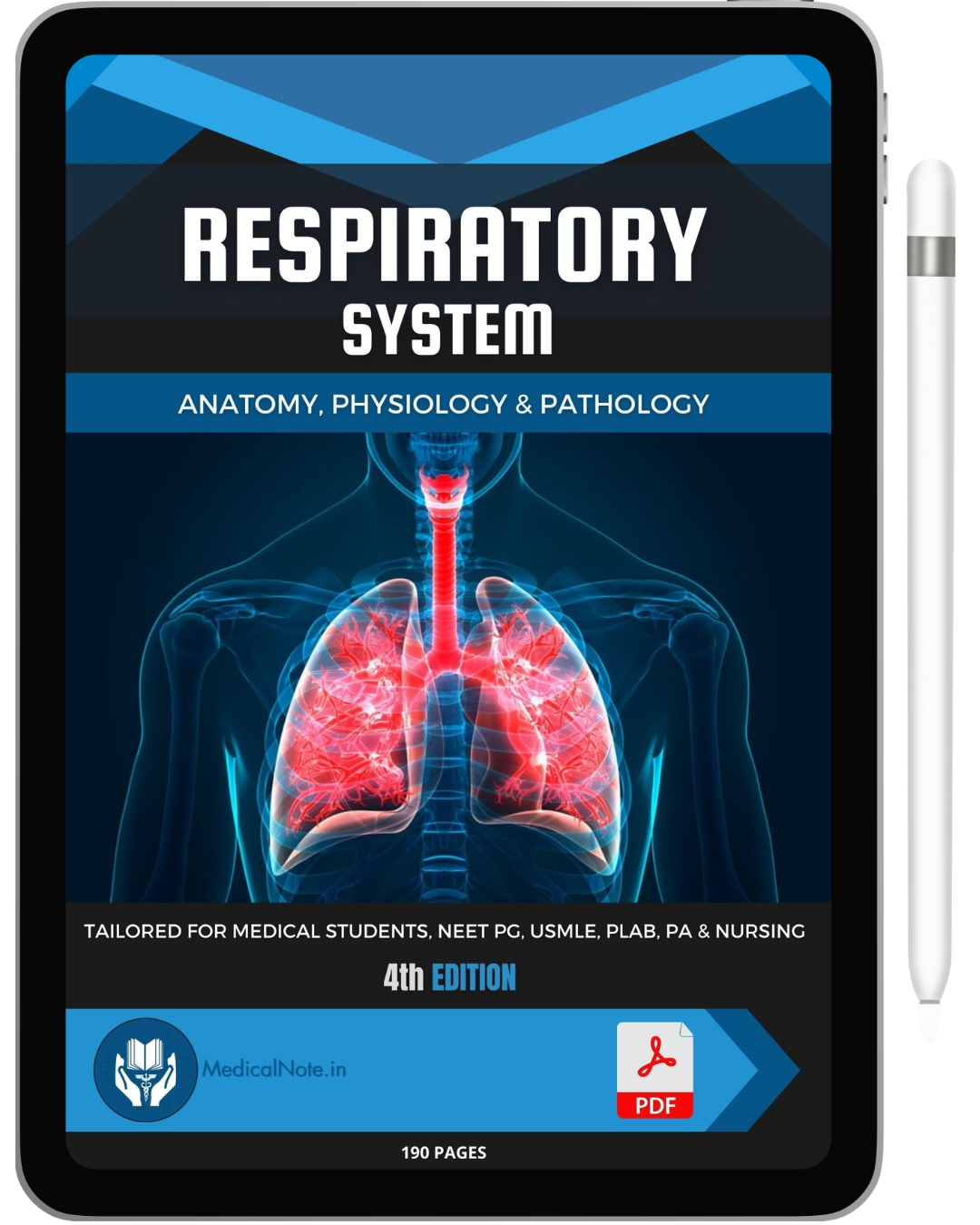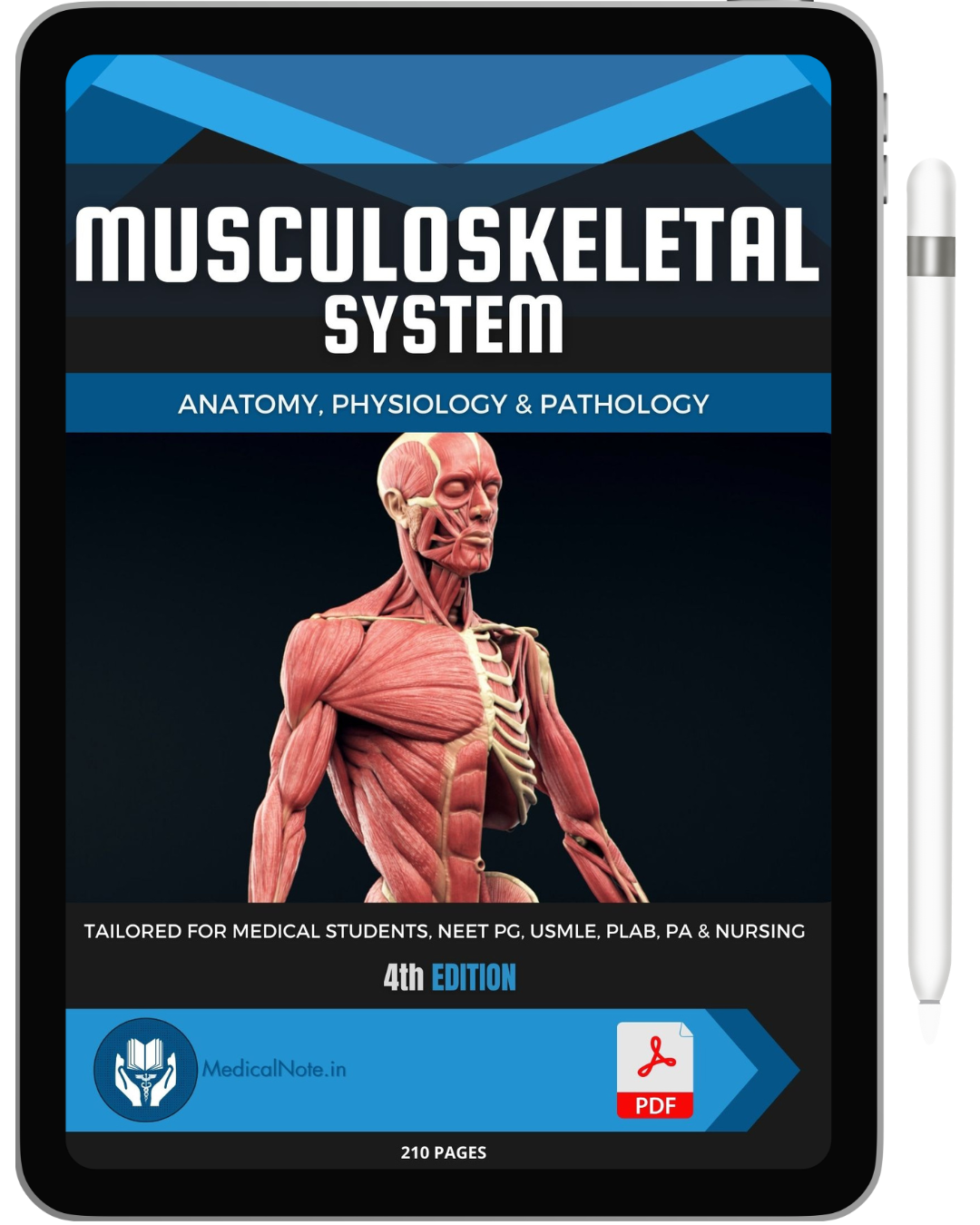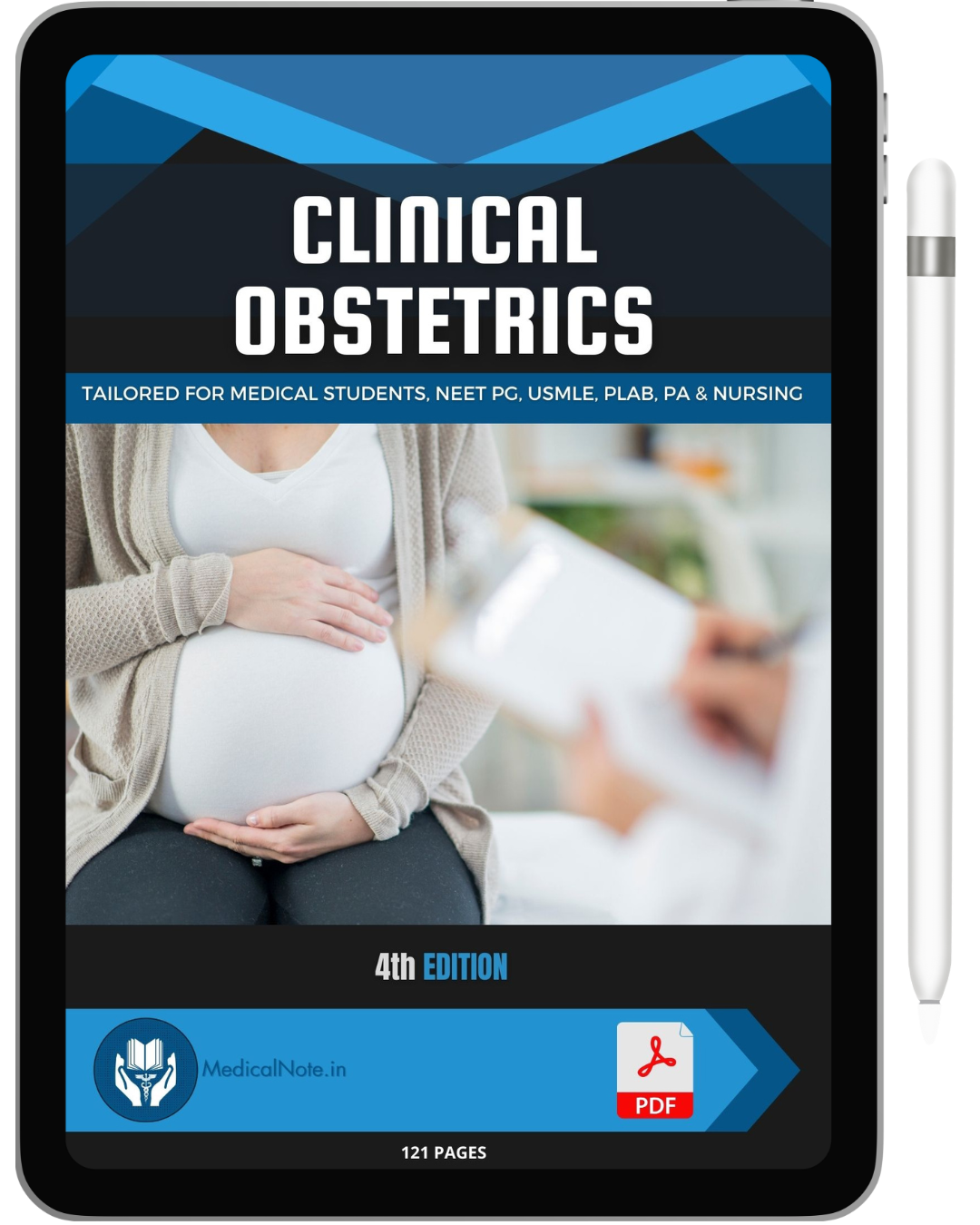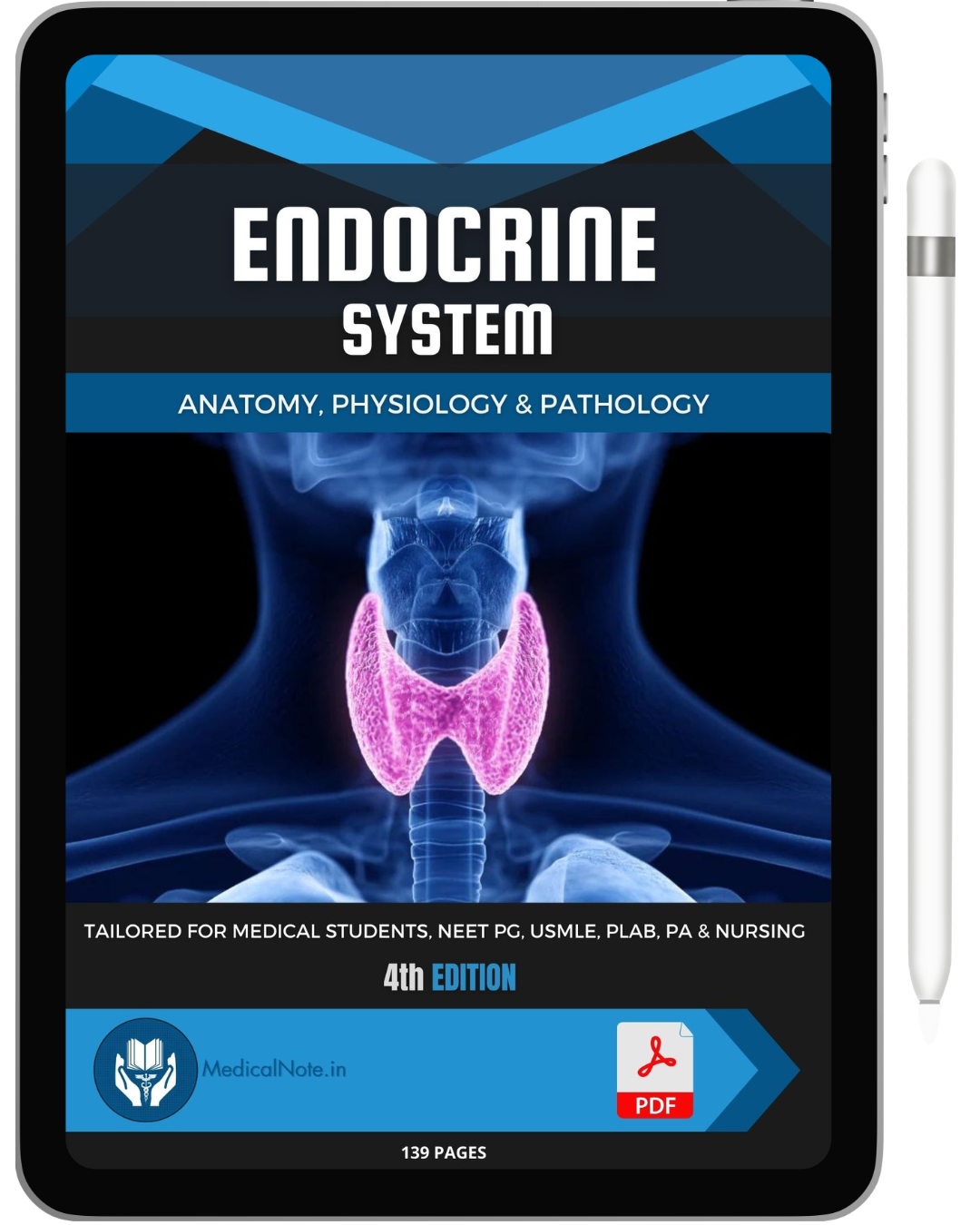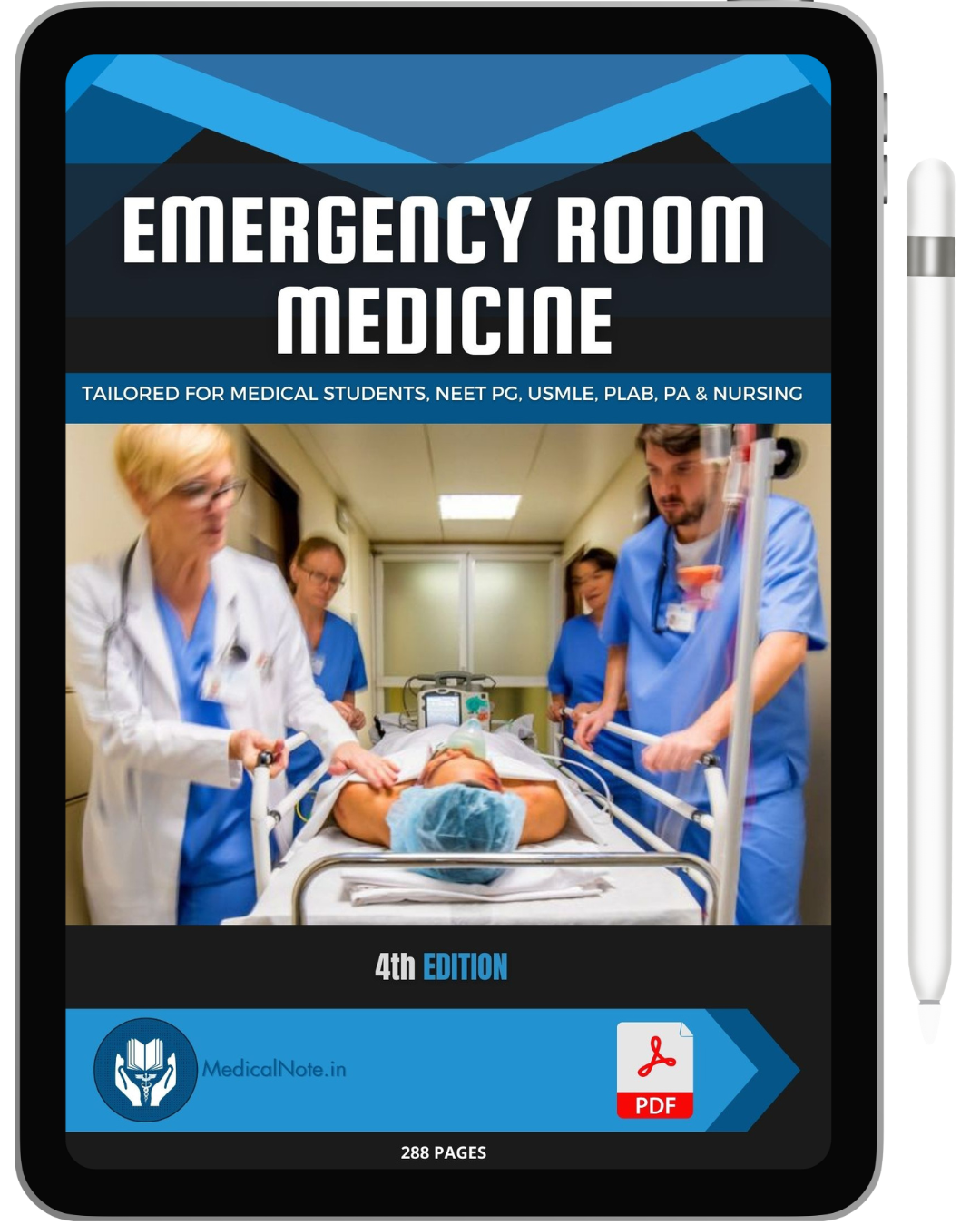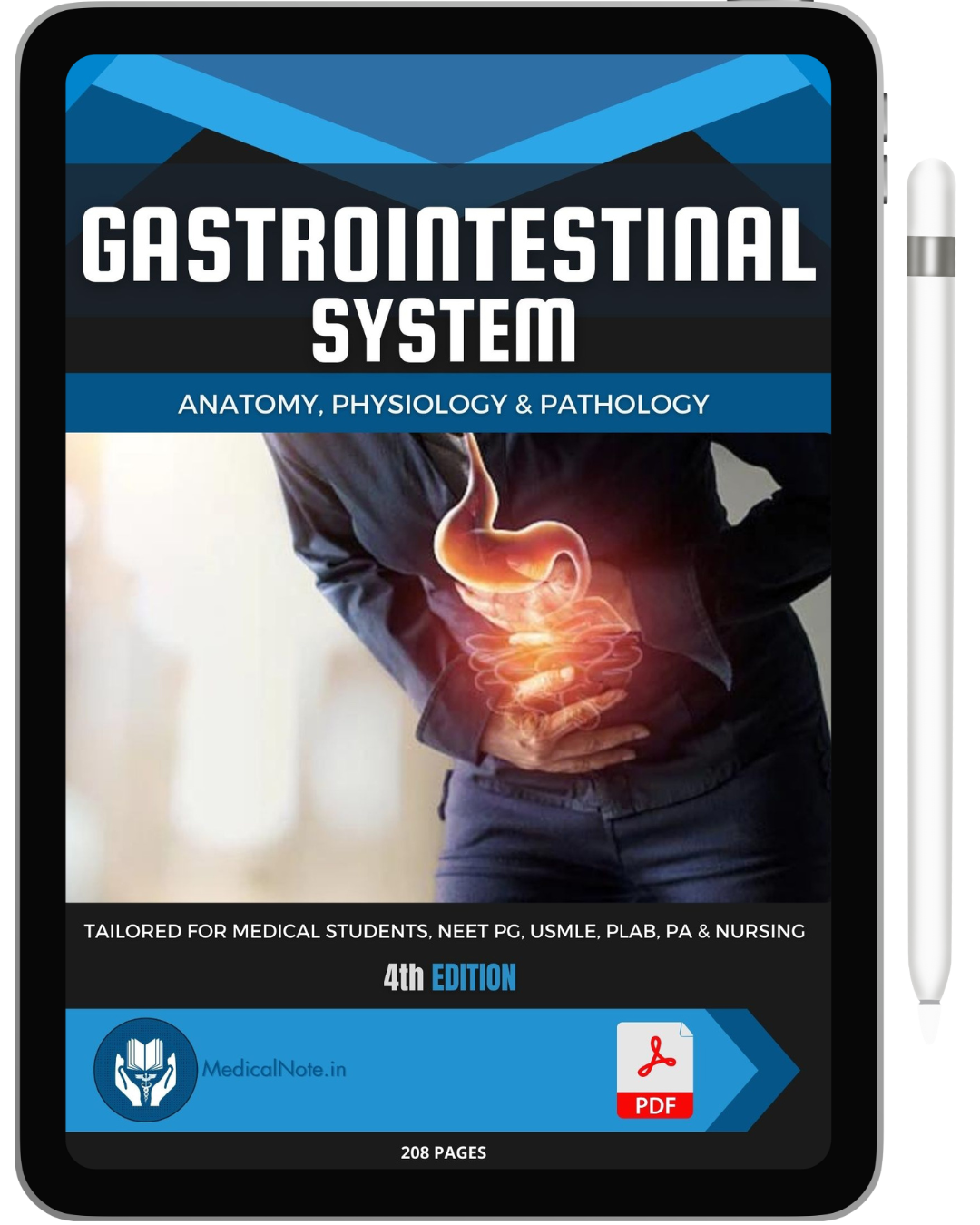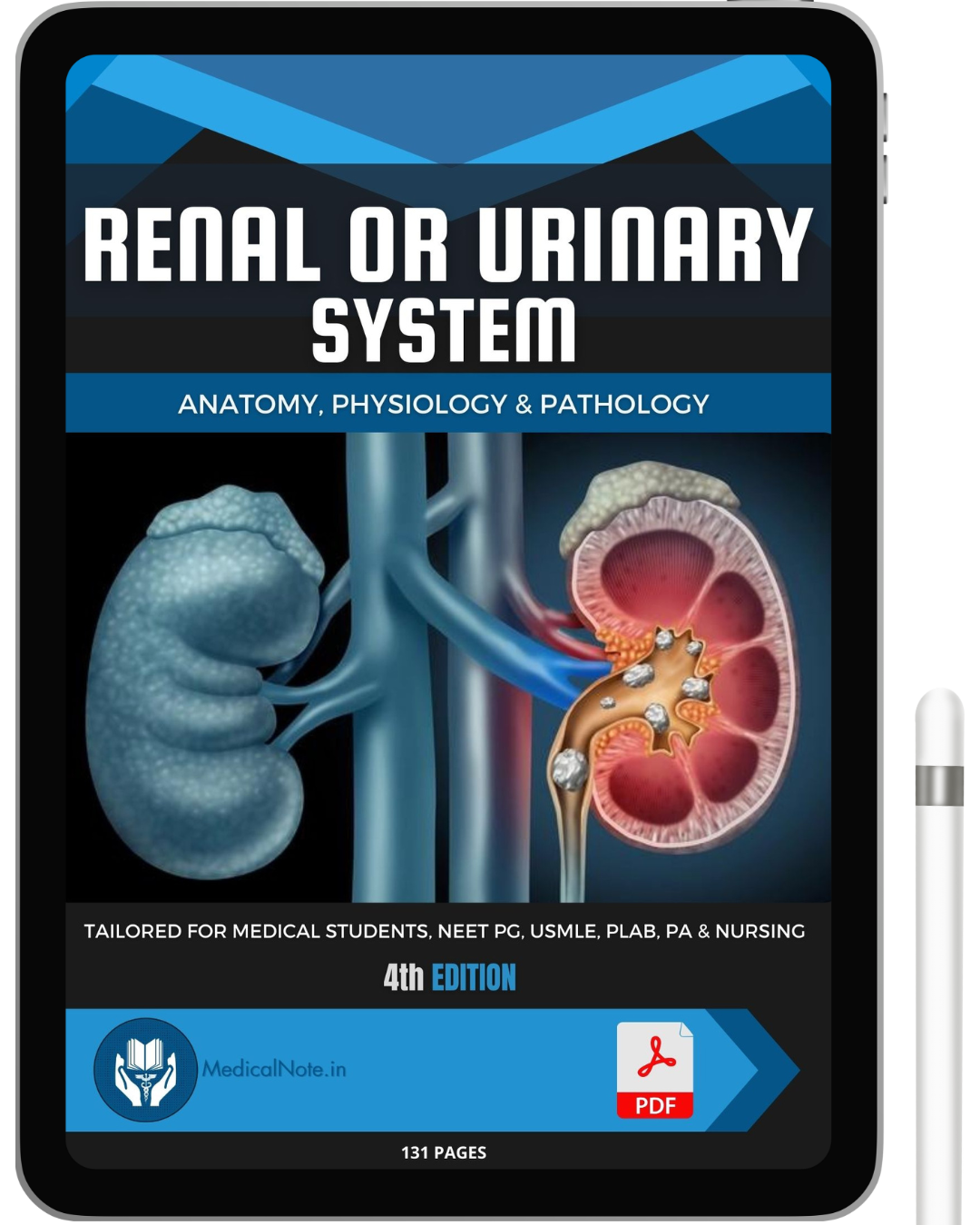Introduction
Cesarean delivery (C-section) is a common surgical procedure performed to deliver a baby when vaginal delivery poses risks. This blog discusses the indications, techniques, and complications of C-sections.
Body
-
Indications:
- Fetal distress during labor.
- Cephalopelvic disproportion (CPD).
- Placenta previa or abruption.
- Previous cesarean delivery or uterine surgery.
-
Surgical Techniques:
- Pfannenstiel Incision: A low transverse incision preferred for better healing.
- Vertical Incision: Used in emergencies or when more exposure is needed.
-
Postoperative Care:
- Pain management and wound care.
- Monitoring for complications like infection or hemorrhage.
-
Potential Complications:
- Adhesions, uterine rupture in subsequent pregnancies, or anesthesia-related risks.
Conclusion
Cesarean delivery is a life-saving procedure when performed for appropriate indications. These detailed notes are critical for obstetrics training.






